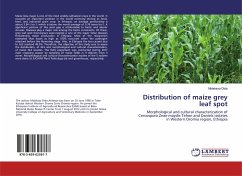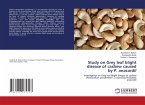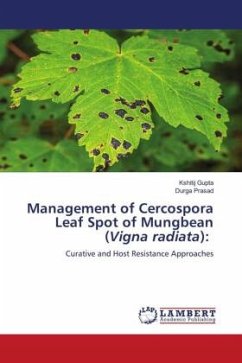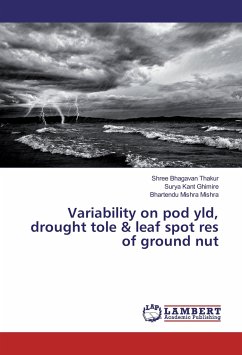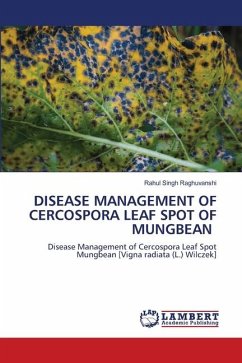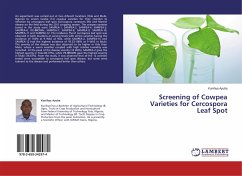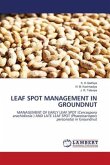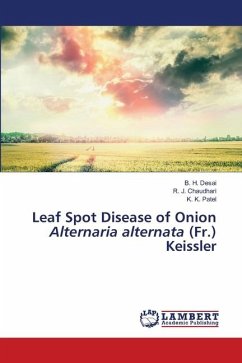Maize (Zea mays) is one of the most widely cultivated crops in the world. It occupies an important position in the world economy serving as food, feed, and industrial grain crop. In Ethiopia, an average productivity is about 3.94 t ha-1, which is below the world average of 5.78 tones ha-1. A significant portion of this yield gap is attributable to biotic and abiotic stresses. Diseases play a major role among the biotic constraints. Of these, grey leaf spot (Cercospora zeae-maydis) is one of the major foliar diseases threatening maize production in Ethiopia. Most of the researchers estimated that losses as high as 100% occurred when the pathogen attacked before the flowering stage. Also, in Ethiopia the loss caused due to GLS reached 49.5%. Therefore, the objective of this study was to assess the distribution, of GLS and morphological and cultural characterization, of maize GLS isolates. The field assessment was conducted during 2017 main cropping season by sampling 81 maize fields in 9 districts from 3 zones. Morphological and cultural characterization studies of the 5 isolates were done at JUCAVM Plant Pathology lab and greenhouse, respectively.
Bitte wählen Sie Ihr Anliegen aus.
Rechnungen
Retourenschein anfordern
Bestellstatus
Storno

